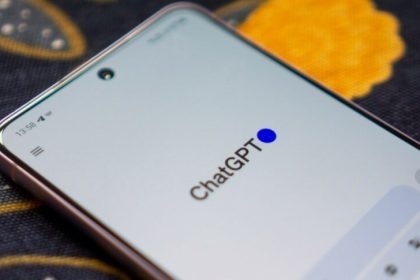Art is subjective, and the boundaries of what can be considered art continue to expand. Artificial intelligence is not usually associated with art, but now there are several amazing AI tools for creating works of art. In the meantime, we have to ask if art based on artificial intelligence is a temporary phenomenon or if these tools are here to stay? In the following, we will discuss this issue from different aspects.
Questioning the concept of art
Art is considered a very broad concept and therefore we cannot define it very precisely. Art can be music, dance, sculpture and literary works. Photography is one of the types of art, and so are architecture and cinema. Art is more than old paintings in museums.
Modern art has excelled at pushing the boundaries of what is considered art. Modern art has widely changed people’s perception of this concept, and now even a banana stuck to the wall with an adhesive tape is considered art. The dramatic act of eating that banana and thus destroying the work of art is considered modern art. With this in mind, aren’t artworks created by artificial intelligence just another subset of the vast art world?
Discussion of authenticity and ownership
Every artist likes to think that their works are original and innovative because of their creativity. But if you spend some time in the art world, you will realize that the originality of works of art does not exist in the way that people imagine. Most things have already been discovered, imagined, thought and done.
In this context, we should consider artificial intelligence tools for creating images. To create an image, just provide the system with some text. Then, based on the same text, some images are presented. You can also provide these tools with images to make changes on them. So the question that arises is who is responsible for these images? Should the artificial intelligence take all the responsibility or does the person in question have a part of the ownership of the image?

Also, considering that artificial intelligence is trained based on the observation of other works of art, should these artists also receive part of the ownership of the created works of art? If artificial intelligence uses works created by other artists to create new works, is such work theft or copying or inspiration? The biggest question is who owns the images created by artificial intelligence?
The US Copyright Office has twice denied copyright applications for works created by artificial intelligence. The body says that these works cannot be copyrighted because, by law, this must be done for works created by humans. Maybe in the future, more detailed rules will be established about these works.
Making some things easier

Let’s say you’ve written a book and it’s ready to be published, but it doesn’t have a cover design yet. Naturally, many publishers turn to graphic designers for this, but now you can also use artificial intelligence tools. For these tools, it is enough to provide a number of main keywords related to the topic of the book to come across many designs. With these tools – which are now available for free – you can spend many hours of trial and error without worrying about paying money until you finally find the design you want.
The same thing can be done, for example, for music album covers, posters and all kinds of other things.
Creating new types of art
Artificial intelligence has the power to bridge the world of simulation and reality. Even now, artificial intelligence is used to create three-dimensional spaces and take patterns. Therefore, in the future, we can use this technology to create different artistic experiences.
For example, perhaps in the not-too-distant future, users in the Metaverse will visit museums full of artworks created by artificial intelligence. Maybe these works of art change every second and we are not dealing with static works. In general, artificial intelligence in the field of art can have infinite potential. The only limit we can see in this field is the boundaries of people’s imagination.
With artificial intelligence, there are no specific boundaries for art

Currently, apart from images, artificial intelligence is used for things like creating music, poetry, stories and other things. But among them tools related to creating images are developing at an astonishing speed.
Even now, companies like Meta have developed AI tools to create short videos. This means that in the future, by providing text to these tools, we will face short and long films and animations. Artificial intelligence is still in its infancy and the potential of this technology is so vast that we cannot yet understand all its capabilities.
last word
Art created by artificial intelligence is definitely blurring the boundaries of the art world. Although some artists are very worried about these tools, but like any other tools and innovations, these people can use them to expand their creativity and improve their works. Therefore, sooner or later, artists must take these tools seriously, and of course, artists who do not have specific ideas and mainly copy, will face serious problems by learning these tools.
Source: MakeUseOf
RCO NEWS
















